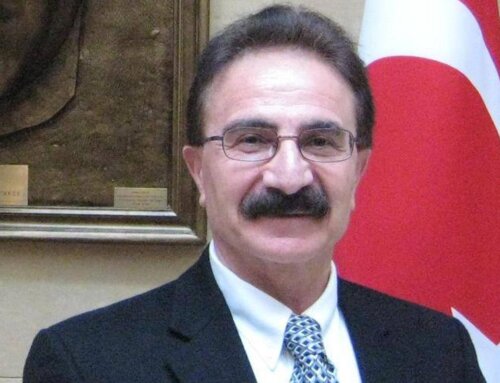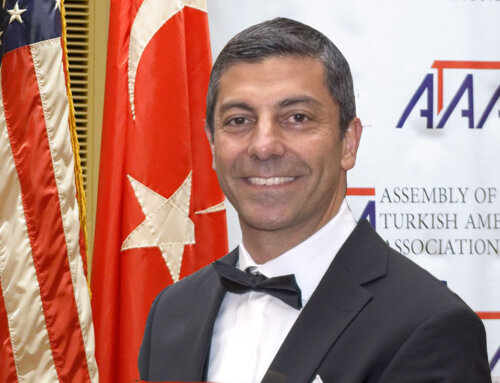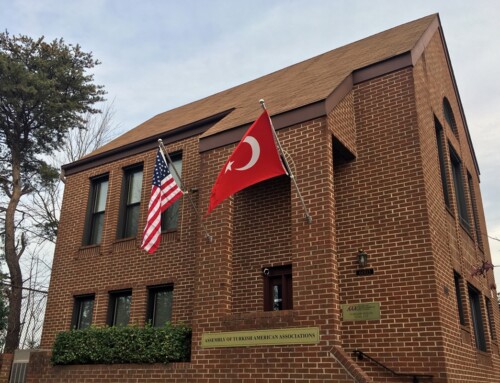“A riot is the language of the unheard. America has failed to hear that the promises of freedom and justice have not been met.” 1
It had begun long before George Floyd’s senseless killing by a white police officer on May 25, 2020. Since Michael Brown’s shooting in 2014 several Black men and women had died at the hands of police. Yet George Floyd united Americans against police brutality while his last words “I can’t breathe” became the slogan for millions of protesters around the world. Those who are familiar with African American history do remember Emmett Till, the 14-year old teenager from Chicago, who was brutally killed by a group of white men in Money, Mississippi on August 28, 1955. Till’s mutilated body had become the face of innocence and injustice then. Yet white America continued to remain oblivious towards racist attacks against African Americans. Whereas Till’s death contributed immensely to the evolution of Sixties’ Civil Rights Movement, resemblances between Till and Floyd lynching indicate America’s tenacious problems with the color line since the beginning of African enslavement.
It was Frederick Douglass, the formerly enslaved African American abolitionist who first coined the term in his 1881 essay titled “The Color Line.” Douglass explained in great detail that color line is actually “a feeling” that causes divisions among people. He wrote: “Out of the depths of slavery has come this prejudice and this color line. It is broad enough and black enough to explain all the malign influences which assail the newly emancipated millions today.” Douglass asserted: “Slavery, ignorance, stupidity, servility, poverty, dependence are undesirable conditions. When these shall cease to be coupled with color, there will be no color line drawn.” 2 Later African American philosopher W. E. B. Du Bois used the term during a speech he delivered in London for the first Pan-African Conference in 1900. Du Bois further elucidated the term in his book of essays, The Souls of Black Folk in 1903. “The problem of the twentieth century is the color line – the relation of the darker to the lighter races of men in Asia and Africa, in America and the islands of the sea.” 3
After the Second World War extensive debates concerning legal, economic and political transformation of race and racial matters generated a short-lived optimism which seemed to catalyze reforms in delivering justice and democracy in the United States. Following the implementation of the Civil Rights Act of 1964 federal and state programs focused on disparities in education, health care, housing, employment, and distribution of wealth. Racial equality of opportunity upheld by the law was being brought to the forefront of national principles, and began to be exercised throughout American socio-political life. Dr. Martin Luther King Jr.’s legendary speech “I Have A Dream” could have accomplished its mission if King had not been assassinated in 1968. Malcolm X, and John F. Kennedy were already gone. Without visionary leadership, the struggle lost its momentum. Promise of equality, jobs and justice which seemed so agreeable in the beginning gradually disintegrated in the 1980s and 1990s. At the turn of the millennium economic disparities and racial injustices had grown. Eventually a global pandemic unleashed the anger and exposed the burning fire inside. People took to the streets in the United States.
Several factors led to the formation of a “perfect storm” in spring of 2020. Young people, black and white college graduates, who were already struggling to pay off their student loans, lost their jobs in mid-March. Stores, restaurants, bars, bakeries, college campuses shut their doors; students were told to vacate dorm rooms; education, business, finance and health sectors were struck by the impact of a deadly virus. Without safety nets and sufficient income young people felt helpless. They were hungry, angry, homeless and hopeless. Meanwhile senior citizens were unable to receive proper health-care. President Trump’s speeches lacked compassion; his administration failed to address virus-related health problems. While casualties increased Americans needed additional ventilators, medicine, protective gear, gloves and masks. Unemployment checks were not readily available since the U.S. mail suffered a major slowdown. During Covid-19 days the majority of Americans representing lower income groups, including African Americans, Hispanics and immigrants experienced a deeper sense of loss and desperation. Fear, insecurity and psychological concerns were abundant; hope was nowhere to be found especially among the poor who felt totally abandoned. Following George Floyd’s death, massive protests and riots occurred in urban centers; the future of the nation seemed bleaker than ever. Furthermore, Jacob Blake’s shooting by a policeman in August 2020 once again demonstrated that dispossession of Black Americans is manifest not only through racial bias but police brutality and lack of justice in courts.
Why were African Americans treated as expendable capital in America? Did Covid-19 ignite Jim Crow era’s racial attitudes? How much do Black lives matter? Can American democracy be restored after George Floyd, Ahmaud Arbery, Breonna Taylor, Eric Garner, Michael Brown and dozens of others? In 1963, on the 100th anniversary of the Emancipation Proclamation, great American author James Baldwin narrated his personal experiences with racism. In a letter addressed to his young nephew, he said: “This innocent country set you down in a ghetto in which, in fact, it intended that you should perish….We, with love, shall force our brothers to see themselves as they are, to cease fleeing from reality and begin to change it.” In his observation of white racial attitudes Baldwin was astute: “They are, in effect, still trapped in a history which they do not understand; and until they understand it, they cannot be released from it.” 4 In James Baldwin’s discourse “love” is neither an exoneration, nor an act of kindness. He asserts that it is a journey about coming of age, “in the tough and universal sense of quest and daring and growth.” 5 Ultimately Baldwin’s work, with the crucial questions that it raises, is as timely today as it was then. Watching George Floyd strangled to death, one cannot help but reflect on a famous Baldwin quote: “It demands great spiritual resilience not to hate the hater whose foot is on your neck, and an even greater miracle of perception and charity not to teach your child to hate.” 6
The first half of 2020 will be remembered as a pivotal time in world history while protests against racial bias and police brutality swept across the world, and the virus continued to roar amid rallying cries of “Black Lives Matter” echoing through the streets. In the United States the spread of the treacherous Covid-19 virus was certainly aggravated by racial polarization and soaring jobless claims while the economy continued to spiral downwards. Whereas the nation’s trial with the color line is once again put to the test, like all Americans who love their country, James Baldwin would have laid his trust in the healing power of human compassion and understanding during this critical time. Today his words still resonate with wisdom: “For this is your home, my friend, do not be driven from it; great men have done great things here, and will again, and we can make America what America must become.” 7
1.Dr. Martin Luther King Jr. September 27, 1966. Interview with Mike Wallace. “Other America.” https://www.youtube.com/watch?v=_K0BWXjJv5s. Accessed June 30 2020.
2.Frederick Douglass, “The Color Line.” 1881. The North American Review. Volume 132.pp. 567-77. https://archive.org/details/jstor-25100970/page/n9/mode/2up?q=color+line. Accessed June 26 2020.
3.W.E. B. Du Bois, “Of the Dawn of Freedom,” The Souls of Black Folk. (Chicago: A. C. Mc Clurg & Co., 1903).
4.James Baldwin, “My Dungeon Shook: Letter to My Nephew on the One Hundredth Anniversary of the Emancipation.” The Fire Next Time. (1963). Vintage International: Random House.
5.Ibid.
6. James Baldwin, “My Dungeon Shook: Letter to My Nephew on the One Hundredth Anniversary of the Emancipation.” The Fire Next Time. (1963). Vintage International: Random House.
7 Ibid.






